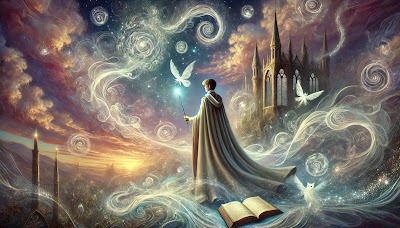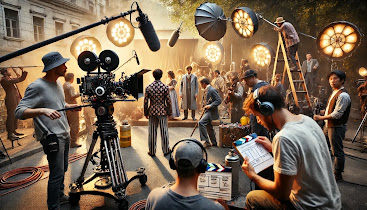1. Staying True to the Source Material
One of the most commendable aspects of the Harry Potter films is their fidelity to the source material. While every book-to-film adaptation requires some level of modification, the filmmakers made a conscious effort to preserve the core themes, character arcs, and emotional resonance of Rowling’s story.
From the very beginning, the filmmakers understood the importance of staying true to the essence of the characters, including Harry, Hermione, and Ron. These characters have become icons in their own right, and the casting choices—Daniel Radcliffe, Emma Watson, and Rupert Grint—exemplified the characters' personalities in a way that resonated with both new viewers and fans of the books.
The franchise began with the vision of director Chris Columbus, whose ability to translate the whimsical nature of the novels into vivid cinematography was instrumental in bringing Hogwarts and its magic to life. Columbus aimed to retain the childlike wonder present in Rowling's writing, setting the tone for a series that was not just about magic but also about friendship, bravery, and growing up.
As the series progressed, directors like Alfonso Cuarón, Mike Newell, and David Yates brought their unique styles and perspectives, enriching the visual and thematic depth of the films. Each director added their own touch, ensuring that the films evolved alongside their characters, paralleling the growth of the audience over the years.
3. High Production Value
From the outset, the Harry Potter films were backed by significant financial resources, allowing for exceptional production values. The sets, costumes, and special effects were meticulously crafted to create a believable and immersive wizarding world. Iconic locations such as Diagon Alley, the Forbidden Forest, and the Great Hall at Hogwarts were brought to life with fantastic attention to detail.
The films also benefited from collaboration with master craftsmen in visual effects, scoring, and cinematography, ensuring a consistency of quality that further engaged viewers. The visual spectacle appealed not only to die-hard fans of the books but also to a broader audience, drawing in those less familiar with the source material.
4. The Musical Score
Another critical element that significantly contributed to the films' success is their musical score. Composed initially by John Williams, whose recognition came from iconic works like "Star Wars," the score set the tone for the series and established a musical identity that fans immediately recognized. The themes created a sense of nostalgia, heightening the emotional stakes throughout the series.
Subsequent composers, including Patrick Doyle, Nicholas Hooper, and Alexandre Desplat, maintained and expanded upon the musical legacy, expertly underscoring key moments and enhancing the narrative arc throughout each film.
5. The Power of Marketing and Merchandising
In the age of film franchises, effective marketing can make or break a project’s success. Warner Bros. executed a savvy marketing strategy, creating a global buzz around each film’s release. The anticipation began with teaser trailers, posters, and interactive experiences that often tied into promotional partnerships with brands like Scholastic and LEGO.
The launch of a variety of themed merchandise—from toys and costumes to video games—further solidified Harry Potter’s position in popular culture, creating a community among fans and generating a sense of loyalty to the franchise that spanned generations.
6. Engaging the Audience
The Harry Potter series succeeded in engaging its audience on multiple levels. Beyond the books and films, fans were drawn into the wizarding world through various extensions, including theme parks, interactive games, and fan conventions. The franchise built a community where fans could share their love for the characters and stories, fostering a collective experience that transcended simple viewership.
Innovative digital platforms, such as Potter more (now known as Wizarding World), allowed fans to explore deeper layers of the Harry Potter universe. Engaging fans through interactive storytelling expanded the franchise's longevity and relevance.
Conclusion
The Harry Potter film series serves as a remarkable case study in successful adaptation. By staying true to the source material while maintaining high production values, engaging a diverse audience, and emphasizing strong creative vision, the franchise became a cultural phenomenon. With its multi-faceted approach to storytelling and fan interaction, the series has left an indelible mark not only within the realms of literature and cinema but also on the very fabric of popular culture. As filmmakers continue to seek inspiration from literature, the lessons from the Harry Potter adaptation will undoubtedly guide them towards creating their own magical experiences on the big screen.
Numinous Learning!


.jpeg)
.jpg)









.jpg)



